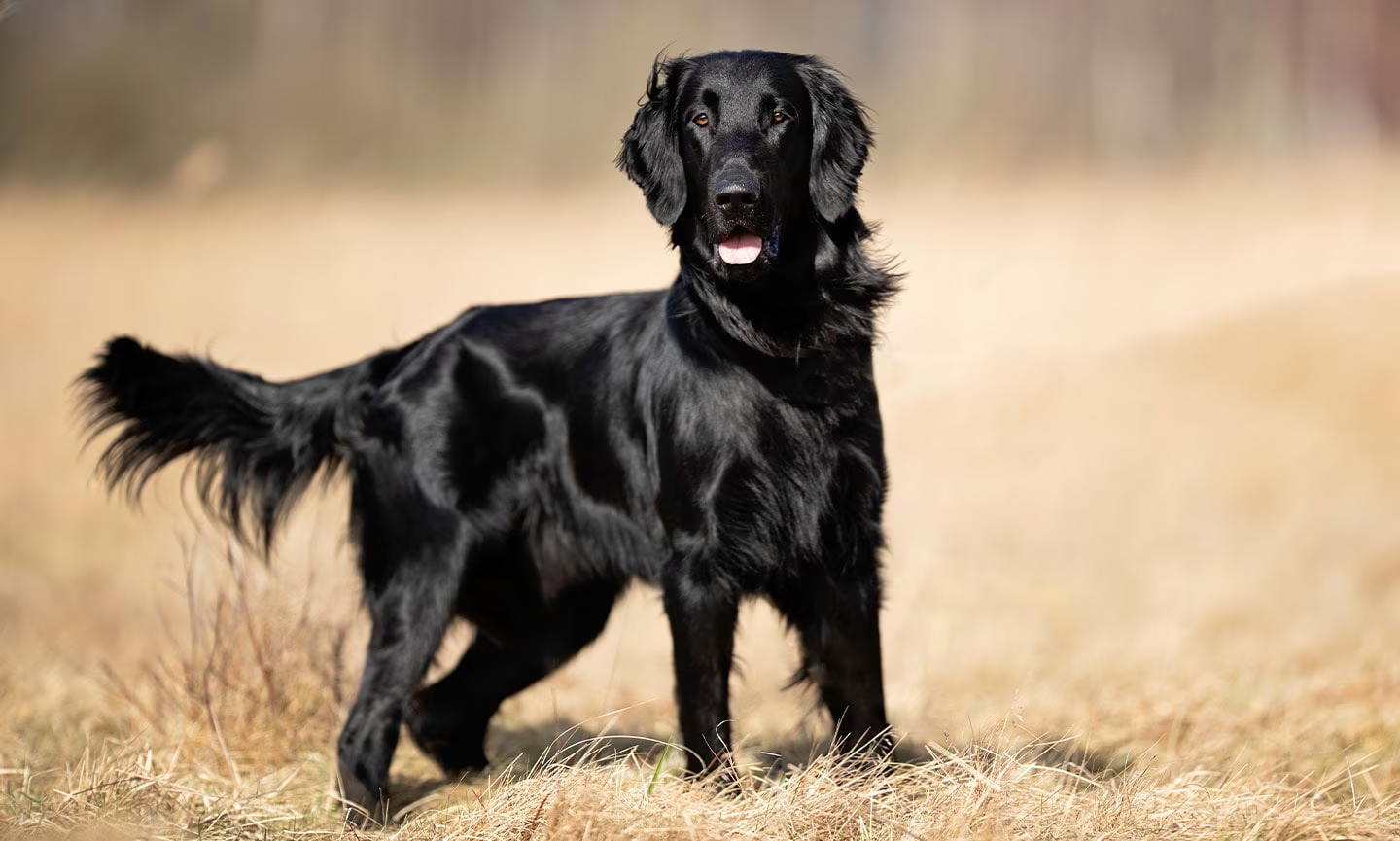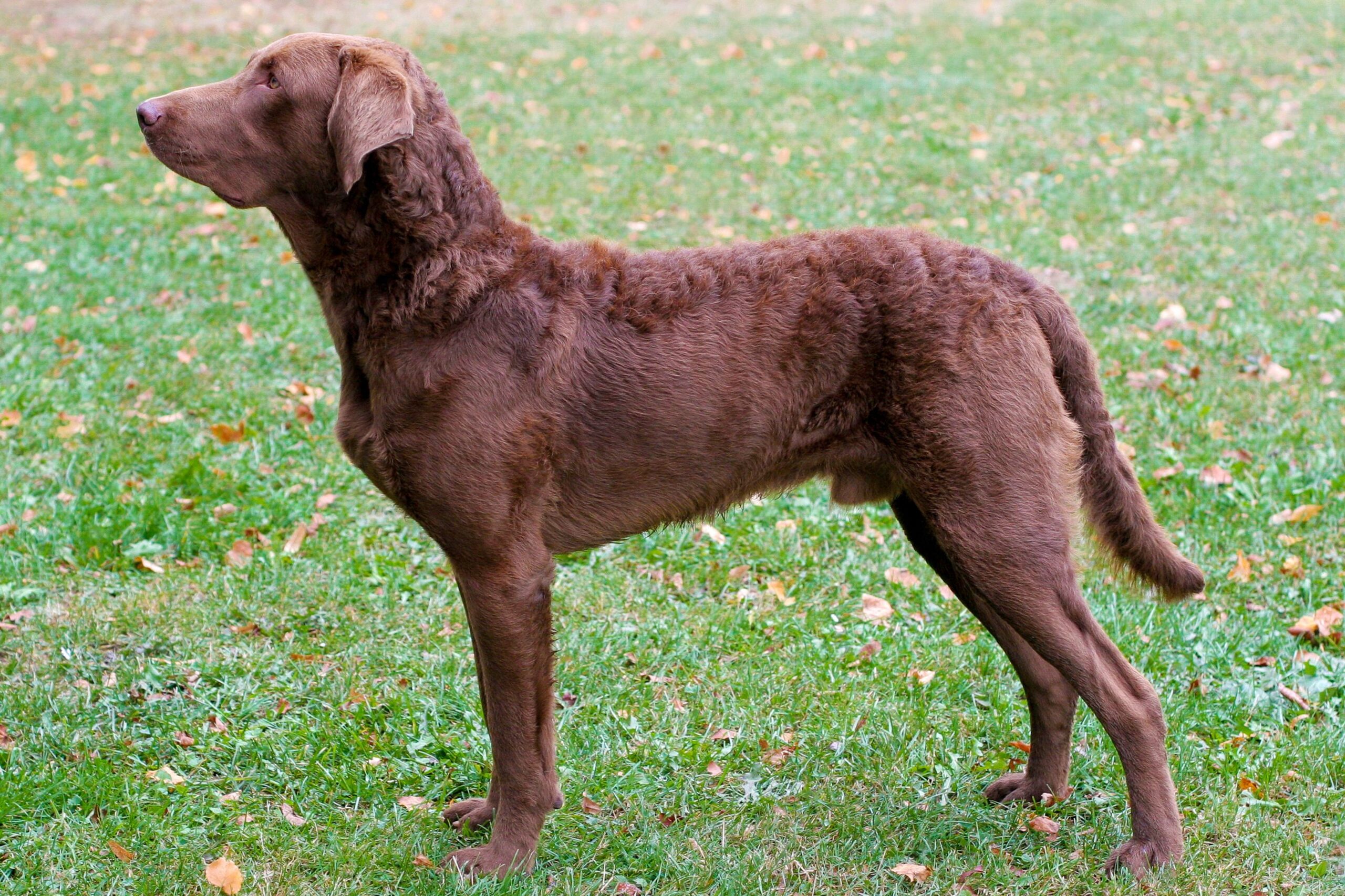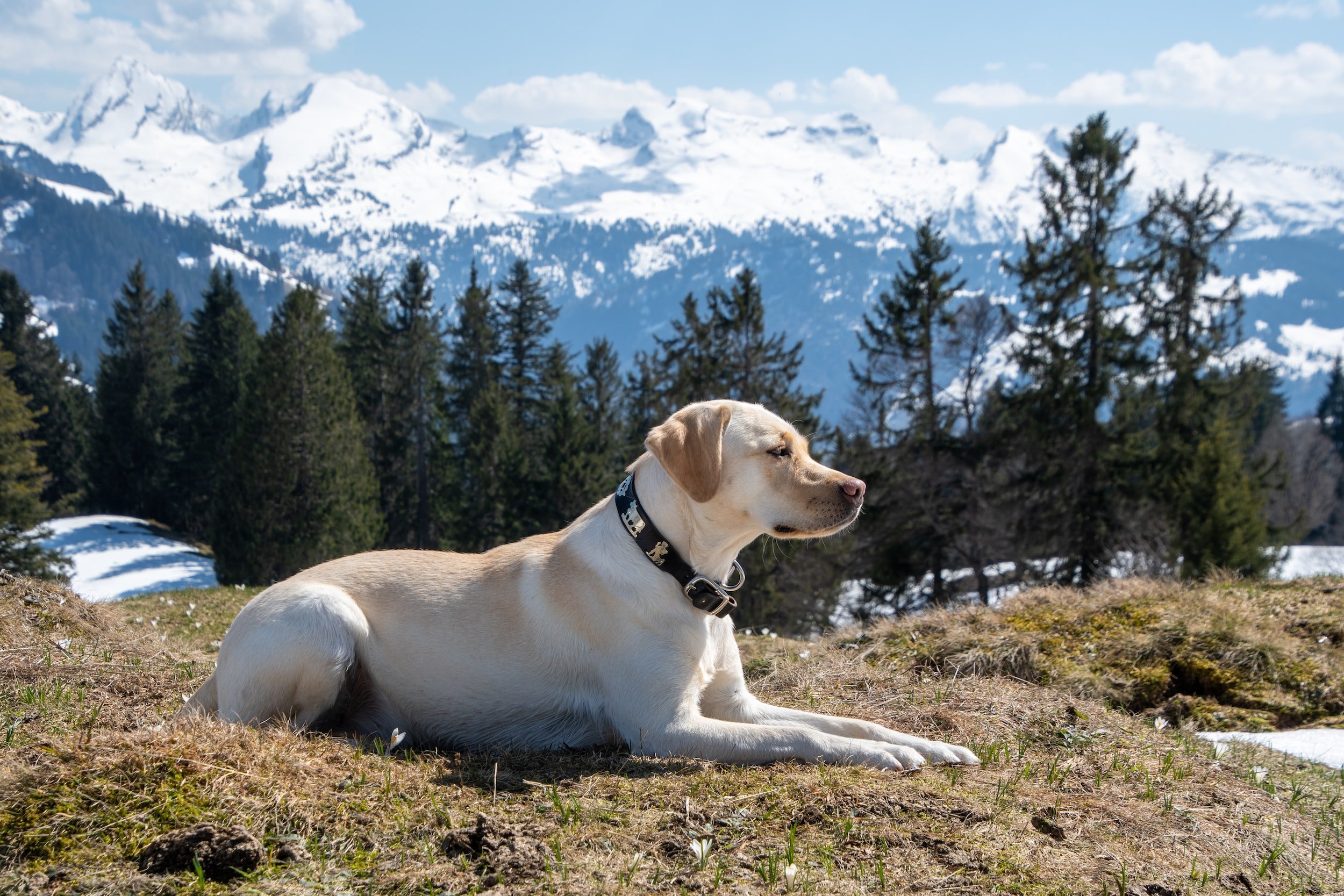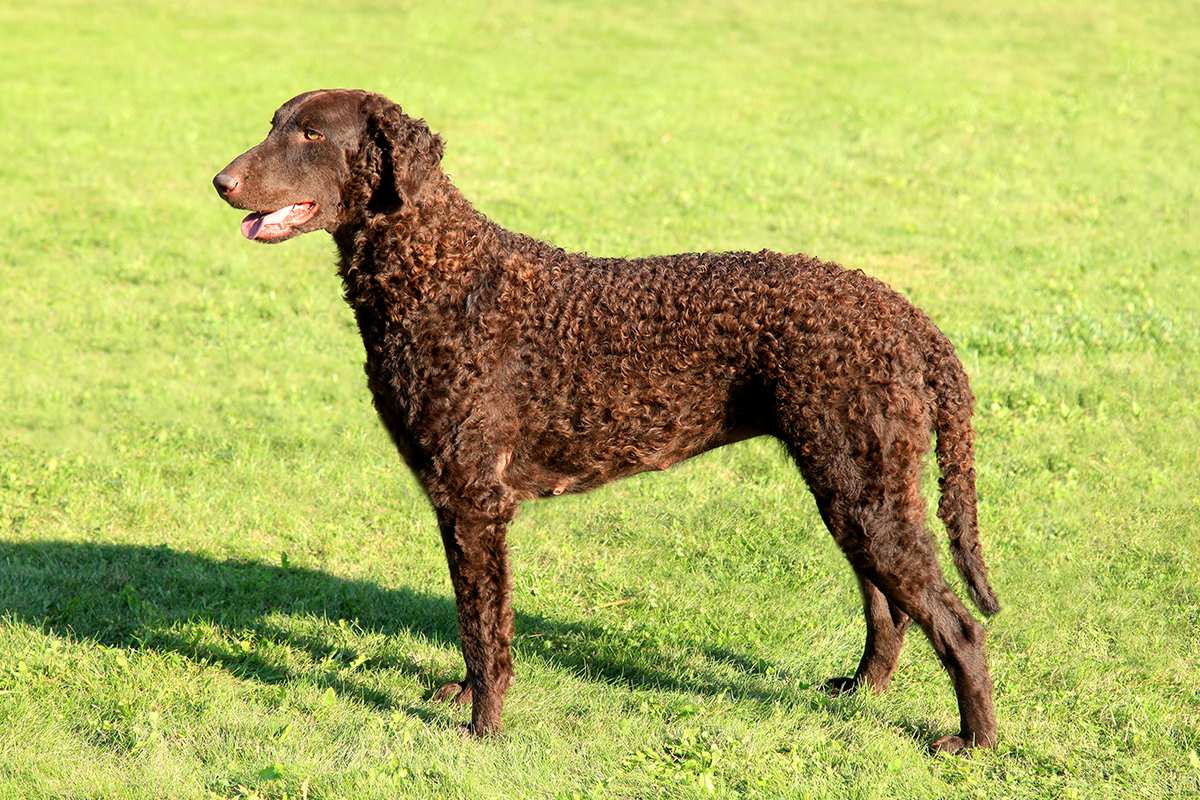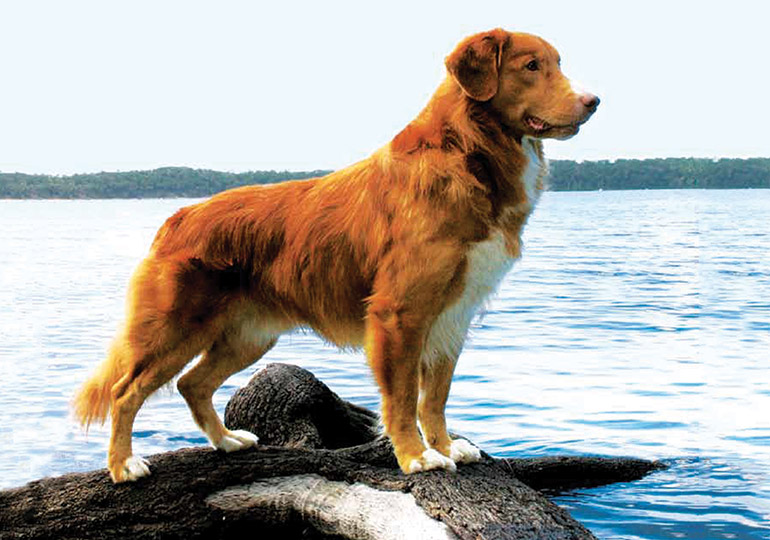If you’re anything like me, the mention of a retriever dog immediately conjures images of friendly golden furballs or chocolate labs bouncing around with tennis balls. But there’s another member of the retriever family that deserves major spotlight – the Flat-Coated Retriever. This stunning dog with its glossy black or liver coat has been flying under the radar for far too long, and I’m on a mission to change that!
Often nicknamed the “Peter Pan of the dog world,” Flat-Coated Retrievers maintain their playful, puppy-like enthusiasm well into adulthood. As someone who’s always believed that growing up is highly overrated, this breed speaks to my millennial soul on a spiritual level. Who wouldn’t want a forever-young companion who approaches life with boundless joy and enthusiasm?
Whether you’re an active outdoor enthusiast looking for an adventure buddy, a family seeking a loving and patient companion, or simply someone who appreciates a dog with both beauty and brains, the Flat-Coated Retriever deserves your consideration. So grab your favorite beverage, get comfy, and let me introduce you to this amazing breed that might just be your perfect canine soulmate!
A Rich Heritage: The Aristocrat of Retrievers
From British Estates to Family Homes
The Flat-Coated Retriever has a fascinating history that dates back to mid-19th century England. While their Golden and Labrador cousins might dominate the retriever popularity contest today, the Flat-Coat actually predates them both! These elegant dogs were developed when firearms were becoming more sophisticated, and hunters needed versatile dogs who could retrieve game both on land and from water.
The breed’s ancestry is a fascinating mix. They likely descended from the now-extinct St. John’s Water Dog from Newfoundland (which also contributed to the Lab’s lineage), various water spaniels, and possibly even collies, which might explain their intelligence and trainability. Known as the “gamekeeper’s dog,” Flat-Coats were widely used on British estates where they earned their reputation as exceptional hunting companions.
By the late 19th century, Flat-Coats had become the most popular retriever in Britain. The American Kennel Club recognized the breed in 1915, but their popularity took a hit after both World Wars, and they were eventually overtaken by Labradors and Goldens. Their numbers declined so drastically that by the mid-1960s, they nearly faced extinction!
Thankfully, dedicated breeders worked hard to preserve this special breed, and while they remain relatively rare today (with only a few thousand worldwide), their devoted fans wouldn’t have it any other way. In a world of Labrador and Golden Retrievers around every corner, the Flat-Coat brings a touch of distinction and uniqueness.
Working Heritage, Modern Versatility
What’s super cool about Flat-Coated Retrievers is that unlike many breeds that have been split into “show” and “field” lines, Flats have largely maintained their dual-purpose functionality. The same dog that can shine in the show ring can also excel in the field—a true testament to the breed’s versatility and adherence to its working heritage.
Today’s Flat-Coated Retriever excels in a variety of roles beyond hunting. They make exceptional therapy dogs, search and rescue workers, and competitors in dog sports like agility, obedience, and flyball. And of course, they excel at their most important job of all: being loving and devoted family companions who bring joy to everyday life.
Distinctive Looks: Elegance in Motion
That Gorgeous Coat
It’s impossible to talk about Flat-Coated Retrievers without highlighting their most distinctive feature—that gorgeous, gleaming coat! As their name suggests, their coat lies flat against their body with no curl or wave. It comes in two colors: lustrous black (the most common) or rich liver (a beautiful deep brown). While some Flat-Coats historically came in yellow, this isn’t currently recognized in the breed standard.
But their coat isn’t just beautiful—it’s totally functional too! The moderately long, dense coat provides protection from harsh weather, cold water, and rough underbrush when working in the field. The feathering on the ears, chest, legs, and tail not only adds to their elegant appearance but serves a protective purpose as well.
Despite their luxurious looks, Flat-Coats are surprisingly low-maintenance in the grooming department (but more on that later). Their natural, unclipped coat gives them a clean, athletic appearance that perfectly complements their active lifestyle.
Built for Work and Beauty
Beyond their stunning coat, Flat-Coated Retrievers have a distinctive silhouette that combines power with elegance. They’re slightly longer than they are tall, with males standing 23-24.5 inches at the shoulder and females 22-23.5 inches, with weights ranging from 60-80 pounds for males and 55-75 pounds for females.
Their most distinctive physical trait (besides the coat) is their long, clean “one-piece” head—unique among retrievers. They have a moderately long muzzle, almond-shaped eyes that express intelligence and kindness, and relatively small ears that lie close to their head. Unlike Labs with their otter-like tails, Flat-Coats have tails that are richly feathered and carried happily when they’re in motion.
The overall impression of a Flat-Coated Retriever is one of balance and athleticism—an elegant sporting dog built for both function and beauty. Dog people often describe them as having “power without lumber and raciness without weediness,” meaning they’re substantial without being heavy and athletic without being fragile.
Personality & Temperament: The Eternal Optimist
Forever Young: The Peter Pan Dogs
Y’all, if there’s one thing to know about Flat-Coated Retrievers, it’s that they are the embodiment of eternal youth and joy! Their “Peter Pan” nickname is 100% earned—these dogs simply refuse to grow up, maintaining their puppy-like exuberance and zest for life well into their senior years.
This perpetual youthfulness means they’re always up for adventure, constantly curious about what’s around the next corner, and forever ready to play. That tennis ball you threw two hours ago? They’re still excited about it. That puddle they’ve seen every day on your walking route? Still thrilling to splash in! Their enthusiasm never seems to wane, which is either endearing or exhausting, depending on your own energy levels!
Flat-Coats mature physically by about 2-3 years of age, but mentally? They might remain puppies forever. Many owners joke that their Flat-Coats finally start to mature mentally about two weeks before they cross the rainbow bridge. While this might be a slight exaggeration, it speaks to their enduring youthful spirit.
Intelligence and Trainability
Don’t let their goofy, playful nature fool you—Flat-Coated Retrievers are seriously smart cookies! They’re quick learners with excellent problem-solving abilities, though their intelligence comes with a healthy dose of independence. They’re not robots waiting for commands; they’re thinking dogs who sometimes have their own ideas about how things should be done.
Training a Flat-Coat is generally a joyful experience as they’re eager to please and respond enthusiastically to positive reinforcement. They excel with reward-based training methods and quickly shut down with harsh corrections. Their sensitive nature means they take criticism to heart—a disapproving tone might be all it takes to make a Flat-Coat wilt.
One training challenge with Flat-Coats is their eternal distractibility. That butterfly? Fascinating! That leaf blowing across the yard? Must chase it! Their enthusiasm for literally everything can sometimes make focus challenging, but with patience and consistent, fun training sessions, they can become wonderfully well-mannered companions.
Social Butterflies with a Dash of Dignity
Flat-Coated Retrievers are generally social, outgoing dogs who genuinely love people. Within their family, they’re affectionate and devoted, often following their favorite humans from room to room just to be close. They typically adore children and make patient playmates, though their exuberance might accidentally knock over very small kids.
With strangers, Flat-Coats are usually friendly but slightly more reserved than their Golden Retriever cousins. They’re not suspicious or aggressive, but they might take a moment to assess new people before offering their full friendship. This makes them decent watchdogs who will alert you to visitors without being overprotective.
They generally get along famously with other dogs and can learn to live peacefully with cats, especially if raised with them. Their hunting heritage means they might have a high prey drive toward smaller critters like rabbits or squirrels, so supervision is always wise around pocket pets.
Living With a Flat-Coat: What to Expect
Exercise Needs: Adventures Required!
Let’s be real—Flat-Coated Retrievers are NOT couch potato dogs! These energetic, athletic retrievers were built for action and need plenty of daily exercise to keep them happy and healthy. We’re talking at least 60-90 minutes of physical activity daily, ideally including a mix of walks, playtime, and if possible, swimming (which they absolutely LOVE).
A bored, under-exercised Flat-Coat can become destructive, digging, chewing, or finding other creative outlets for their pent-up energy. As the saying goes, “A tired Flat-Coat is a good Flat-Coat!” These dogs thrive in active households where daily exercise is already part of the routine.
Beyond physical exercise, Flat-Coats need mental stimulation to keep their intelligent minds engaged. Training sessions, puzzle toys, scent work, and interactive games are all excellent ways to provide the mental workouts these smart dogs need. Dog sports like agility, rally, tracking, and dock diving are perfect outlets for their physical and mental energy.
Grooming: Beautiful But Low-Maintenance
One of the most pleasant surprises about Flat-Coated Retrievers is how low-maintenance their beautiful coats are! Despite their luxurious appearance, they require relatively minimal grooming compared to many other medium to long-haired breeds.
Their flat, dense coat naturally repels dirt and debris, and only needs weekly brushing with a slicker brush or metal comb during most of the year. During shedding seasons (typically spring and fall), more frequent brushing helps manage the increased hair loss. Unlike some breeds, Flat-Coats don’t require professional grooming or regular haircuts to maintain their appearance.
Bathing is only needed occasionally—maybe once every couple of months unless they’ve found something particularly smelly to roll in! Over-bathing can actually strip the natural oils that keep their coat healthy and shiny. Other routine care includes regular ear cleaning (especially important for these water-loving dogs), nail trimming, and dental care.
Health and Lifespan: Important Considerations
Flat-Coated Retrievers are generally healthy dogs, but like all breeds, they have some specific health concerns potential owners should be aware of. They typically live about 8-10 years, which is slightly shorter than some other retrievers.
The biggest health concern in the breed is cancer—particularly hemangiosarcoma and malignant histiocytosis—which affects many Flat-Coats and is often the cause of their shorter lifespan. Other health issues include hip and elbow dysplasia, eye problems like glaucoma and cataracts, and gastric dilatation-volvulus (bloat), a life-threatening condition that can affect deep-chested breeds.
Working with reputable breeders who test their breeding stock for known health issues is crucial. Responsible breeders will provide health clearances for hips, elbows, eyes, and heart, and will be forthcoming about cancer risks in their lines. Regular veterinary care, maintaining a healthy weight, and providing appropriate exercise can help your Flat-Coat live their best life for as long as possible.
Finding Your Flat-Coat: The Search for Your Forever Young Friend
The Rarity Factor
I’m not gonna lie—finding a Flat-Coated Retriever puppy can be a challenge! With relatively few puppies registered annually (around 150-200 in the US), they’re definitely on the rare side of the dog breed spectrum. This means you’ll likely need patience, flexibility, and persistence in your search.
The Flat-Coated Retriever Society of America is an excellent resource for connecting with reputable breeders. Be prepared for potential waiting lists, as responsible breeders often have homes lined up well before puppies are born. You might also need to be willing to travel or have a puppy shipped to you, as breeders are scattered throughout the country.
Because of their rarity, Flat-Coats are seldom found in shelters or rescue organizations. However, the FCRSA does operate a rescue network for the breed, so it’s worth checking if you’re open to adopting an adult dog. Adult Flat-Coats can make wonderful companions and often come with some training already in place.
Is a Flat-Coat Right for You?
While Flat-Coated Retrievers are amazing dogs, they’re not the right fit for every lifestyle. Before you set your heart on one of these forever-young companions, honestly evaluate whether you can provide what they need.
You might be a perfect Flat-Coat owner if:
- You lead an active lifestyle and enjoy outdoor activities
- You have time for daily exercise and play sessions
- You appreciate intelligent dogs who think for themselves
- You have patience for a dog who matures slowly (like, really slowly)
- You can handle their boundless enthusiasm and energy
- You’re looking for a devoted family companion who loves to be involved in all aspects of life
A Flat-Coat might not be your match if:
- You prefer a calm, low-energy dog
- You work long hours and can’t provide adequate exercise and companionship
- You’re a neat freak who can’t handle some mud and wet dog occasionally
- You want a dog who acts mature and dignified
- You lack experience with active, intelligent breeds
Conclusion: Finding Your Forever Young Companion
The Flat-Coated Retriever truly is a special breed—combining the athleticism and versatility of a sporting dog with the loving, playful nature of an eternal puppy. Their stunning appearance turns heads, but it’s their joyful spirit and boundless enthusiasm for life that truly wins hearts.
If you’re fortunate enough to welcome a Flat-Coat into your life, you’re signing up for years of adventure, laughter, and unconditional love. These dogs approach each day with optimism and excitement, reminding us to find joy in the simple things—a valuable lesson in our often-too-serious world.
Yes, they require time, energy, and commitment. But what they give in return—unwavering loyalty, infectious happiness, and the gift of seeing the world through perpetually young eyes—is beyond measure. In a Flat-Coated Retriever, you don’t just find a pet; you find a kindred spirit who embraces life with open-hearted enthusiasm and never, ever grows old at heart.
So if you’re ready for a canine companion who will keep you young at heart, make you laugh daily, and join you in embracing life’s adventures with tail-wagging enthusiasm, perhaps it’s time to consider the forever-young Flat-Coated Retriever—the Peter Pan of the dog world who might just be your perfect match.
